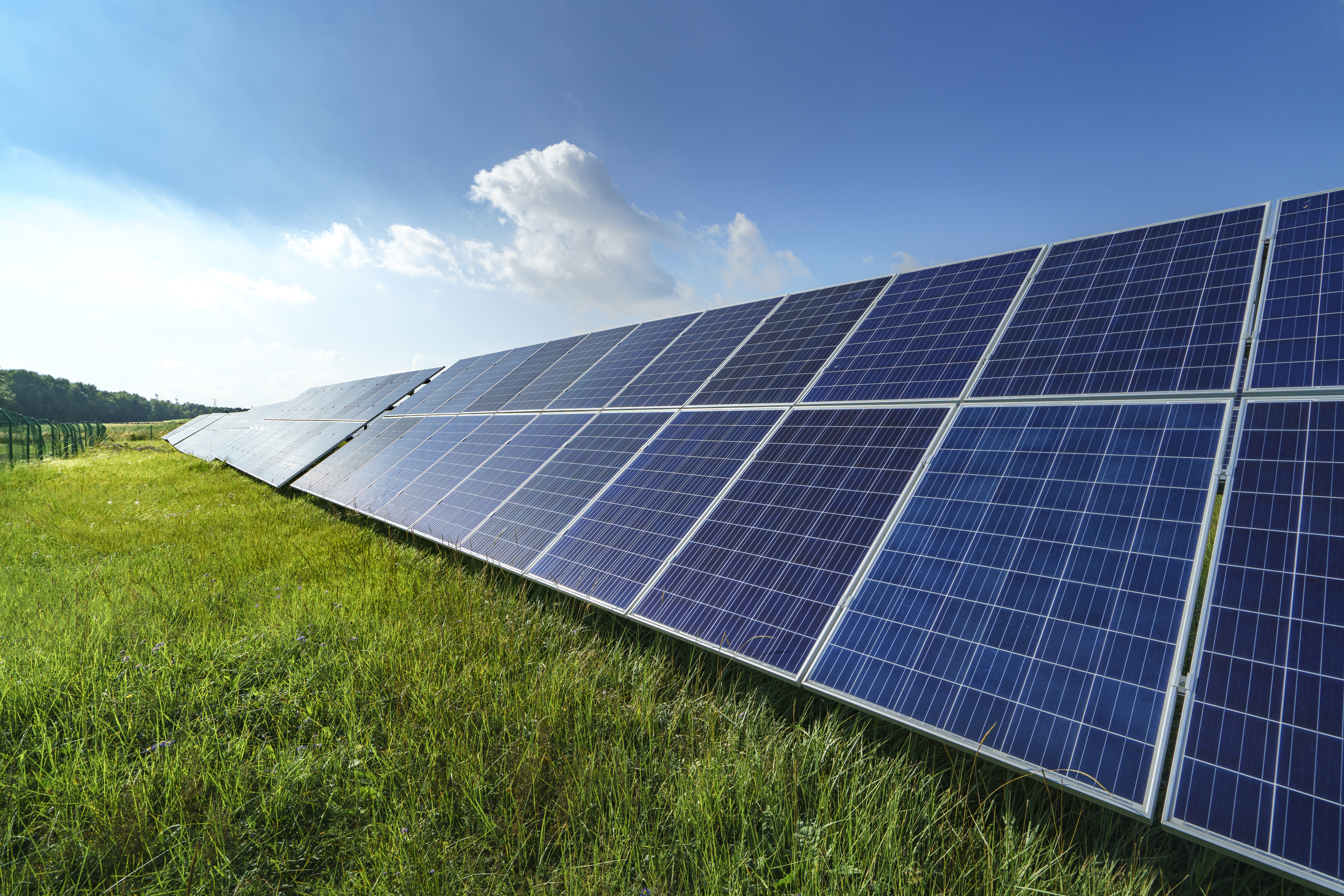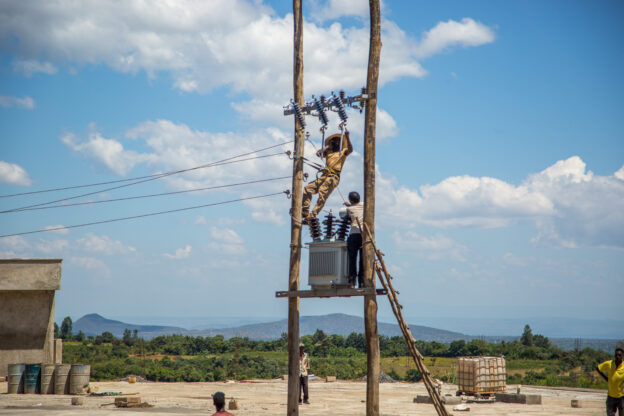Distributed energy resources (DERs) are a growing class of technologies and practices that operate at the distribution network level and are typically (but not exclusively) implemented on the customer-side of the meter. Examples include distributed photovoltaics (DPV), energy efficiency, demand response, electric vehicles and energy storage. DERs have the potential to provide a wide range of benefits to consumers, power systems, and society at large, including contributing to power system reliability and resilience, lower operating costs, increased energy access, and helping customers gain more control of their energy use.
DERs represent a shift from traditional power system operation that focuses on centralized power generation and transmission. However, appropriate policy and regulatory frameworks are needed to ensure that the benefits of DER are shared between all power system stakeholders. The focus in this guide is on DPV and energy storage interconnected on the customer-side of the meter, although many of the lessons and practices described here can broadly apply to most DERs.




